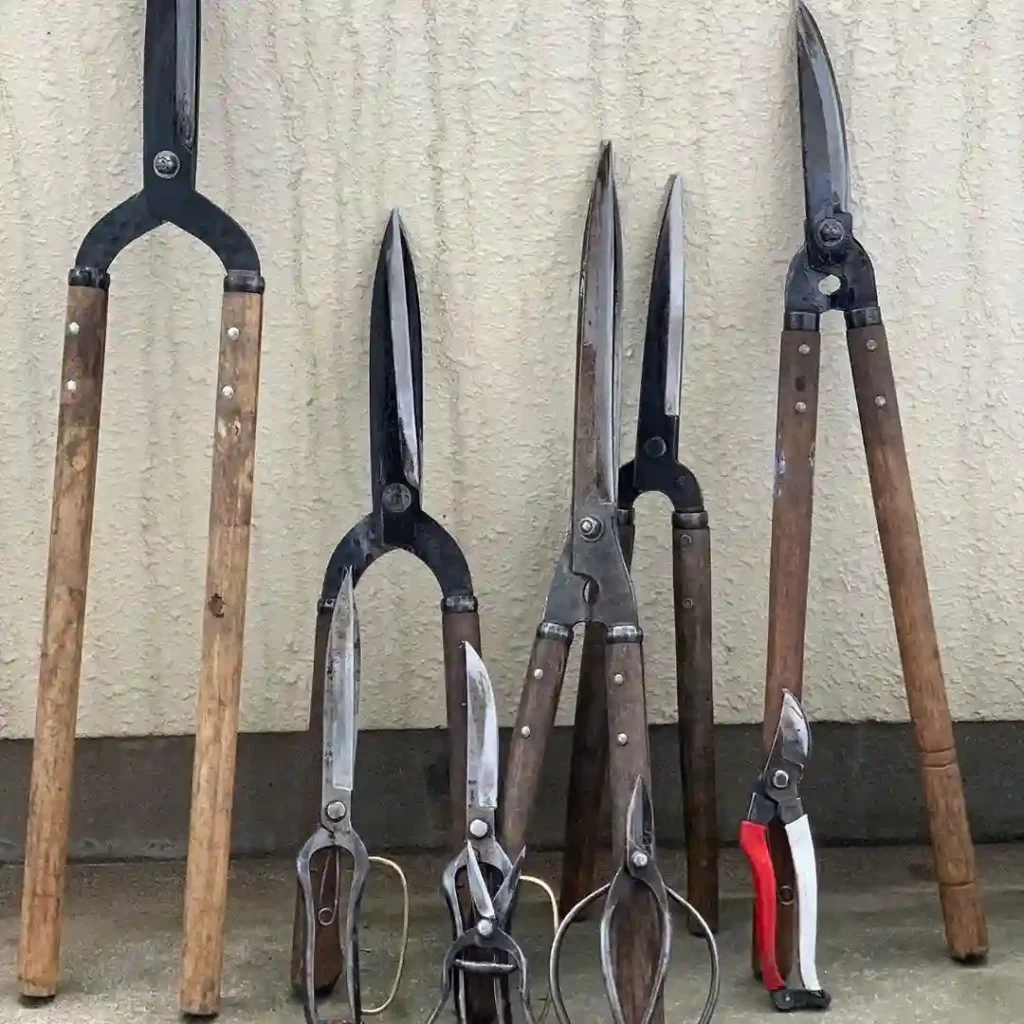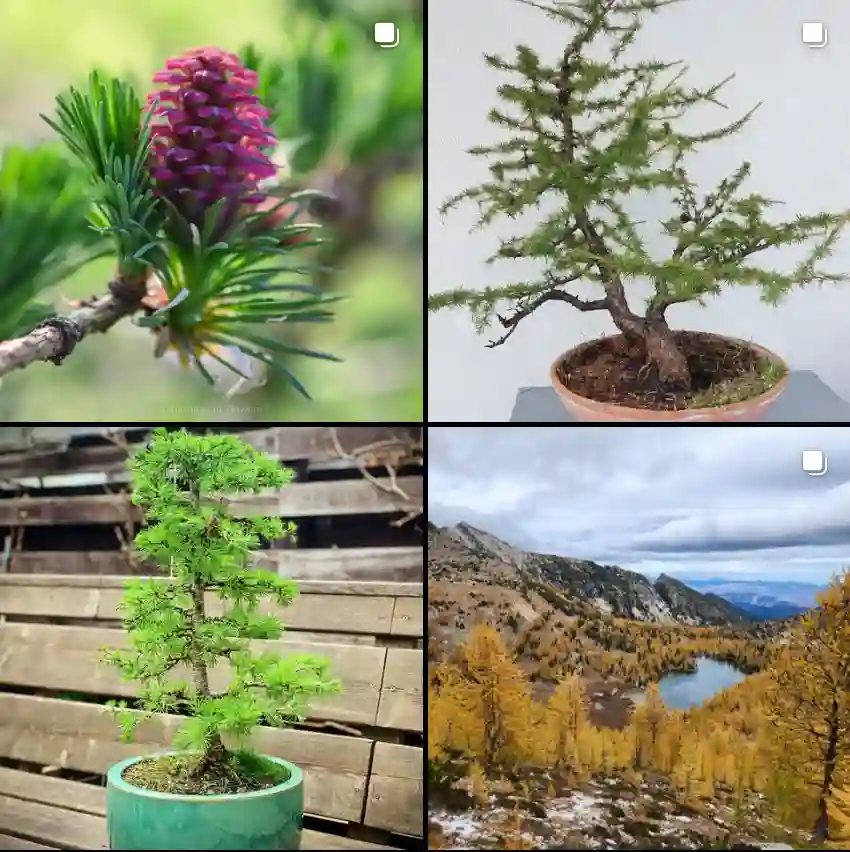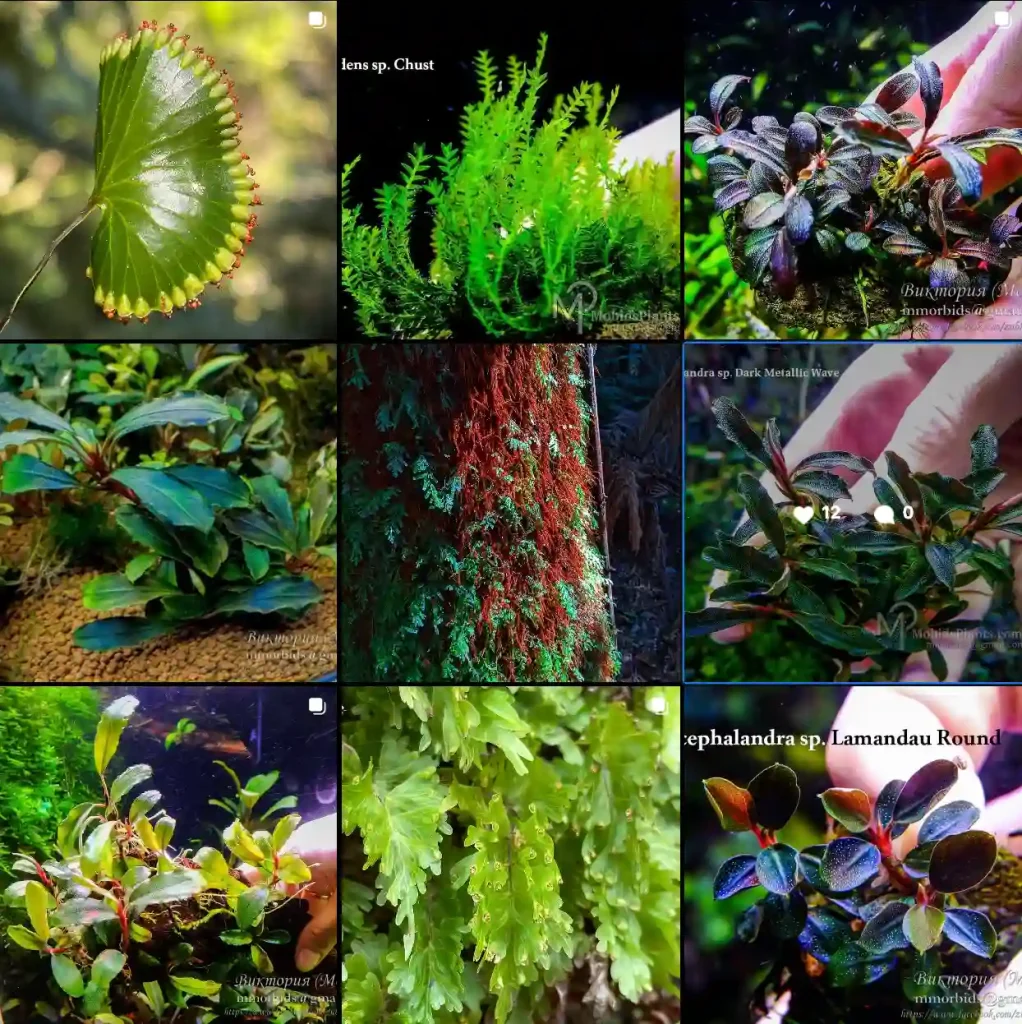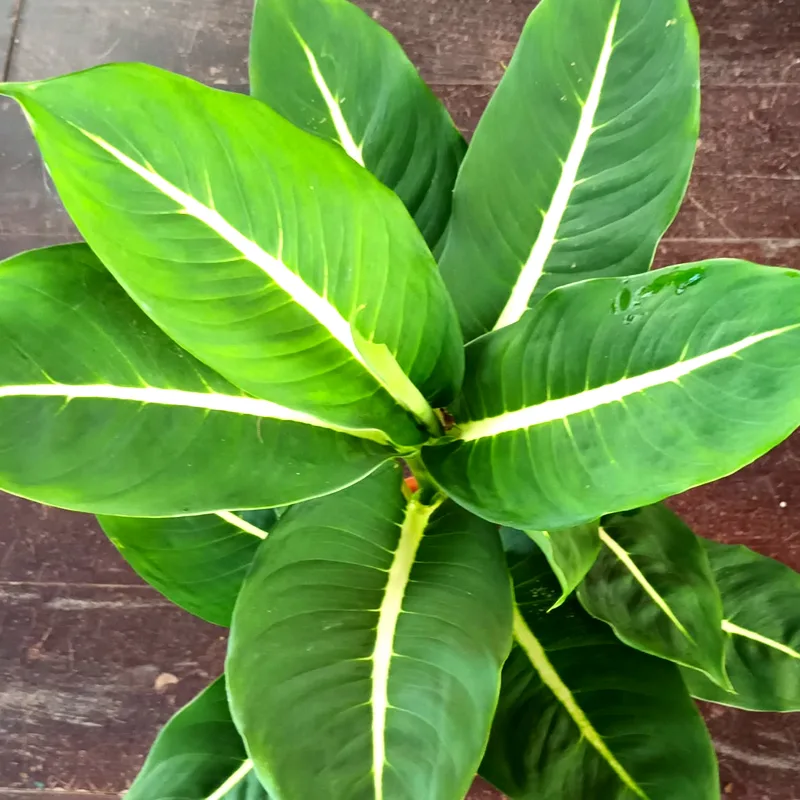All About Phytolacca Dioica: The Enchanting Ombú Tree
Hi, I’m Ferb Vu, and I’m fascinated by unique and captivating plants. Today, we’re delving into the world of Phytolacca dioica, a majestic tree native to South America, more commonly known as the Ombú.
This FAQ will unveil the Ombú’s secrets, from its towering presence to its surprising characteristics.
27 Species in Genus Phytolacca
What is Phytolacca Dioica?
Phytolacca dioica is a captivating evergreen tree belonging to the Phytolaccaceae family. It reigns supreme in the Pampas grasslands of South America, where its colossal stature and distinctive features make it a beloved landmark.
How Big Does the Ombú Tree Get?
The Ombú is a true giant. It can reach a staggering height of 20 meters (66 feet) and boast a sprawling canopy of 30 meters (98 feet) in diameter. However, in most cases, these trees reach a respectable 10 meters (33 feet) in height. The true showstopper is the trunk. Mature Ombú trees possess a uniquely swollen base, often reaching a diameter of 4 meters (13 feet). This impressive feature creates the illusion of the tree standing on a mound, adding to its majestic presence.
Is the Ombú Tree Deciduous or Evergreen?
The Ombú generally thrives as an evergreen, gracing the landscape with its vibrant foliage year-round. However, in particularly harsh winters, it might shed some leaves, exhibiting a touch of deciduous behavior.
What Kind of Leaves Does the Ombú Tree Have?
The Ombú’s leaves are a sight to behold. They are simple, with smooth edges and a beautiful oval, obovate, elliptic, or lanceolate shape. Each leaf boasts a prominent petiole, the stalk connecting it to the branch. Their size ranges from 6 to 12 centimeters (2.4 to 4.7 inches) in length, and they possess a subtle sheen on one side, adding to their elegance. The leaves grow alternately along the branches, creating a visually appealing pattern.
Does the Ombú Tree Have Flowers?
Yes, the Ombú produces small, inconspicuous flowers. Interestingly, this tree exhibits a characteristic known as dioecious. This means there are separate male and female Ombú trees. The male flowers are clustered in racemes, which are elongated, stalk-like structures. The female flowers, on the other hand, form in panicles, which are branched clusters. Both types of flowers are greenish-white and rather unremarkable in appearance.
What Do Ombú Fruits Look Like?
Following the flowers, the Ombú produces eye-catching fruits. These are small, berry-like structures that ripen to a beautiful dark purple or black color. Each fruit contains a single seed.
Is the Ombú Tree Safe?
Important Caution: It’s crucial to remember that while the Ombú tree is undeniably beautiful, all its parts, except the mature seeds, are considered poisonous. This includes the leaves, fruits, stems, and roots. Consuming any of these parts can lead to serious health problems.
What Uses Does the Ombú Tree Have?
Despite its toxicity, the Ombú tree holds significant value. Its most celebrated role is as a magnificent shade tree. The dense canopy provides a welcome respite from the South American sun. Additionally, the Ombú’s unique and captivating form makes it a popular ornamental tree in some regions, with proper precautions regarding its poisonous nature.
Is the Ombú Tree Invasive?
The Ombú tree thrives in its native South American habitat. However, when introduced to new environments, it can exhibit invasive tendencies. For instance, in South Africa, where it’s widely planted, the Ombú has been classified as a minor invasive species.
Can I Grow the Ombú Tree?
The Ombú tree can be a magnificent addition to warm climates. It thrives in full sun and well-drained soil. However, due to its potential to become invasive and its poisonous nature, it’s essential to research local regulations and exercise caution before planting one.
Conclusion
The Ombú tree is a fascinating example of nature’s grandeur. From its towering stature and captivating form to its unique flowering characteristics, the Ombú holds a special place in the South American landscape. However, it’s vital to remember that this beauty comes with a warning – all parts of the Ombú, except mature seeds, are poisonous. So, admire it from afar and appreciate its ecological significance, but always prioritize safety.
If i die, water my plants!



